4 April 2025
When was the last time a video game made you feel like you were living inside a movie? I don’t mean just playing a game with great graphics or a powerful storyline—I mean truly feeling like you’re there, physically part of the story. Virtual Reality (VR) gaming is changing the way we experience narratives. It’s no longer about watching characters from a screen; it’s about stepping into their shoes and walking through their world.
Immersive storytelling in VR games is a total game-changer (pun intended). But what makes VR narratives stand out? Let’s dive deeper into how VR is transforming storytelling, why it’s so effective, and what this means for the future of gaming. 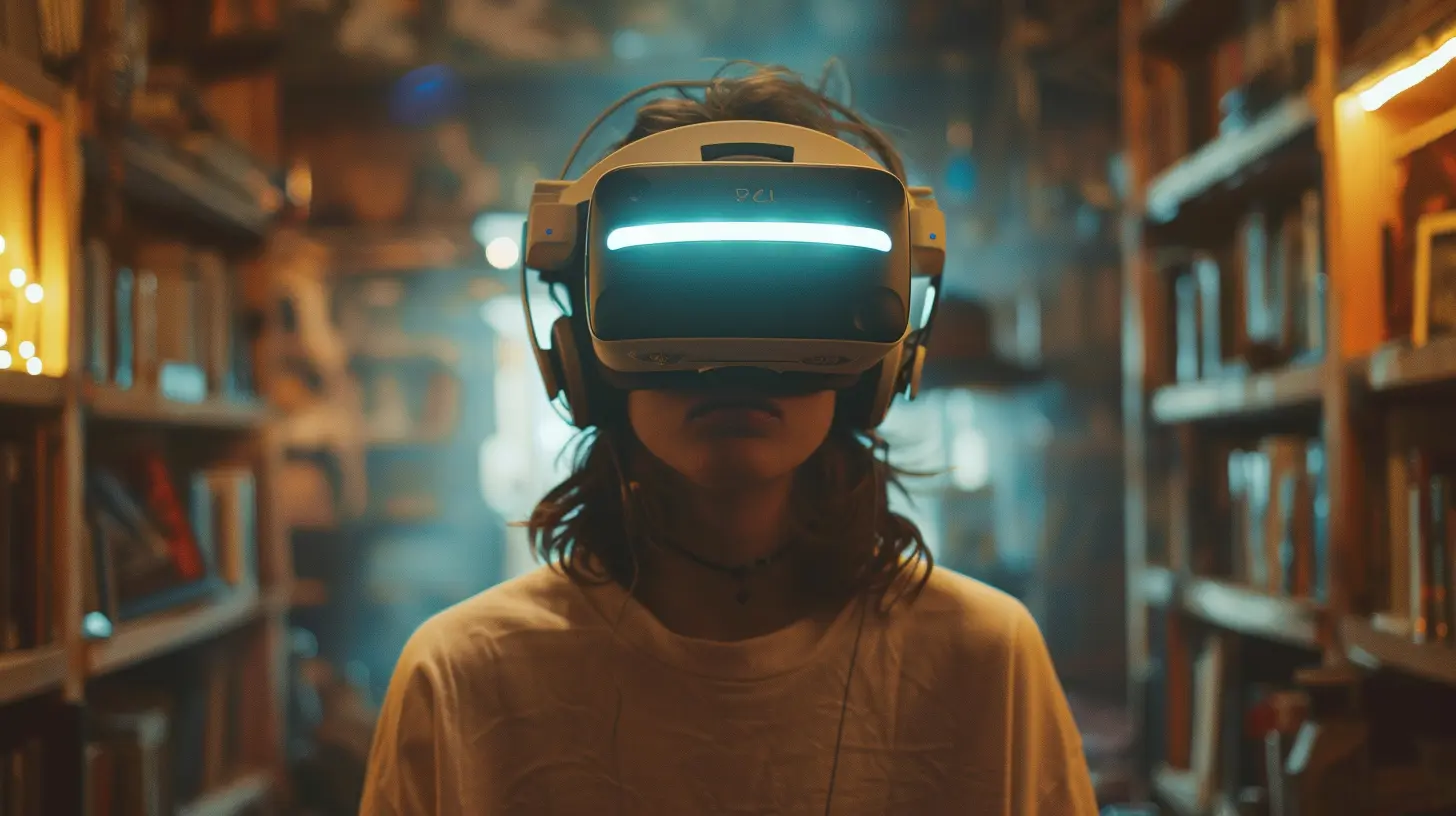
The Evolution of Storytelling in Gaming
Before we talk about VR, let’s rewind a bit. Storytelling has been a part of gaming since its infancy. Remember text-based games like Zork? Back in the day, your imagination had to do all the heavy lifting as text on the screen described the world around you. Slowly but surely, games evolved to include graphics, voice acting, and cinematic cutscenes.From the silent protagonist of The Legend of Zelda to the emotionally driven arcs in The Last of Us, storytelling in games has always been about immersion. Yet, no matter how good the story or visuals were, there was always a barrier—the screen. No matter how much you connected with the protagonist, you were still an outsider looking in.
VR removes that barrier entirely. It changes the dynamic from “you’re here to watch” to “you’re a part of this.” 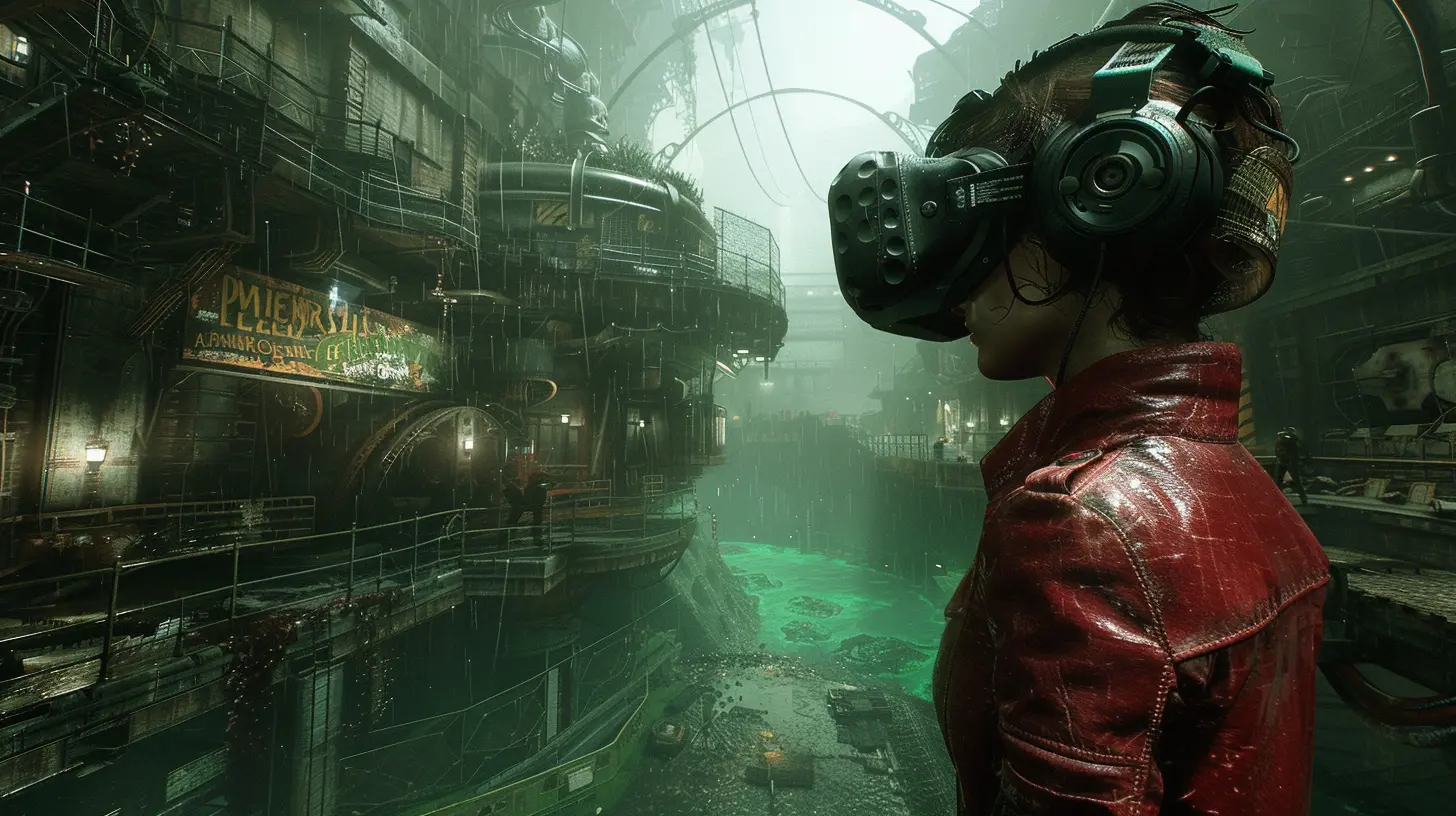
What Makes VR Storytelling So Immersive?
If you’ve never tried VR, you might wonder why it’s such a big deal. Can it really be that different from traditional gaming? Spoiler alert: Yes, it is. Here’s why VR is taking immersion to the next level.1. Presence: Feeling Like You’re Actually There
VR excels at creating something called “presence.” When you strap on that headset and step into a VR game, you’re not just controlling a character—you are the character. The 360-degree visuals, spatial audio, and motion tracking combine to trick your brain into believing you’ve entered a whole new world.Let’s say you’re playing a VR game set in a haunted mansion. Instead of just watching a ghost walk down the hallway, you’re standing in that hallway as the ghost approaches you. Your heart rate spikes, you hold your breath, and every instinct tells you to run. It’s not just gameplay anymore—it’s an experience.
2. Interactivity: Shaping Your Own Story
In traditional games, your choices are often limited to a yes/no dialogue tree. But VR gives you the freedom to interact with the environment in ways that feel natural. Want to pick up a mysterious object and examine it? Reach out and grab it. Feel like taking a different path than what the story suggests? Go for it.Games like Half-Life: Alyx are perfect examples of this. In VR, you’re not just progressing through a story—you’re influencing it in real time. Every movement, every decision adds a layer of personalization to the story.
3. Emotional Engagement: When You Feel Everything
Stories are powerful because they make us feel. VR amplifies this by putting you directly in the protagonist’s shoes. It’s not just about watching someone else suffer loss, fall in love, or discover something profound—you’re experiencing it yourself.Take Lone Echo, for instance. In this space exploration game, you form a deep bond with an AI companion. The emotional weight of the narrative hits harder because you’re not just observing their story—you’re part of it. 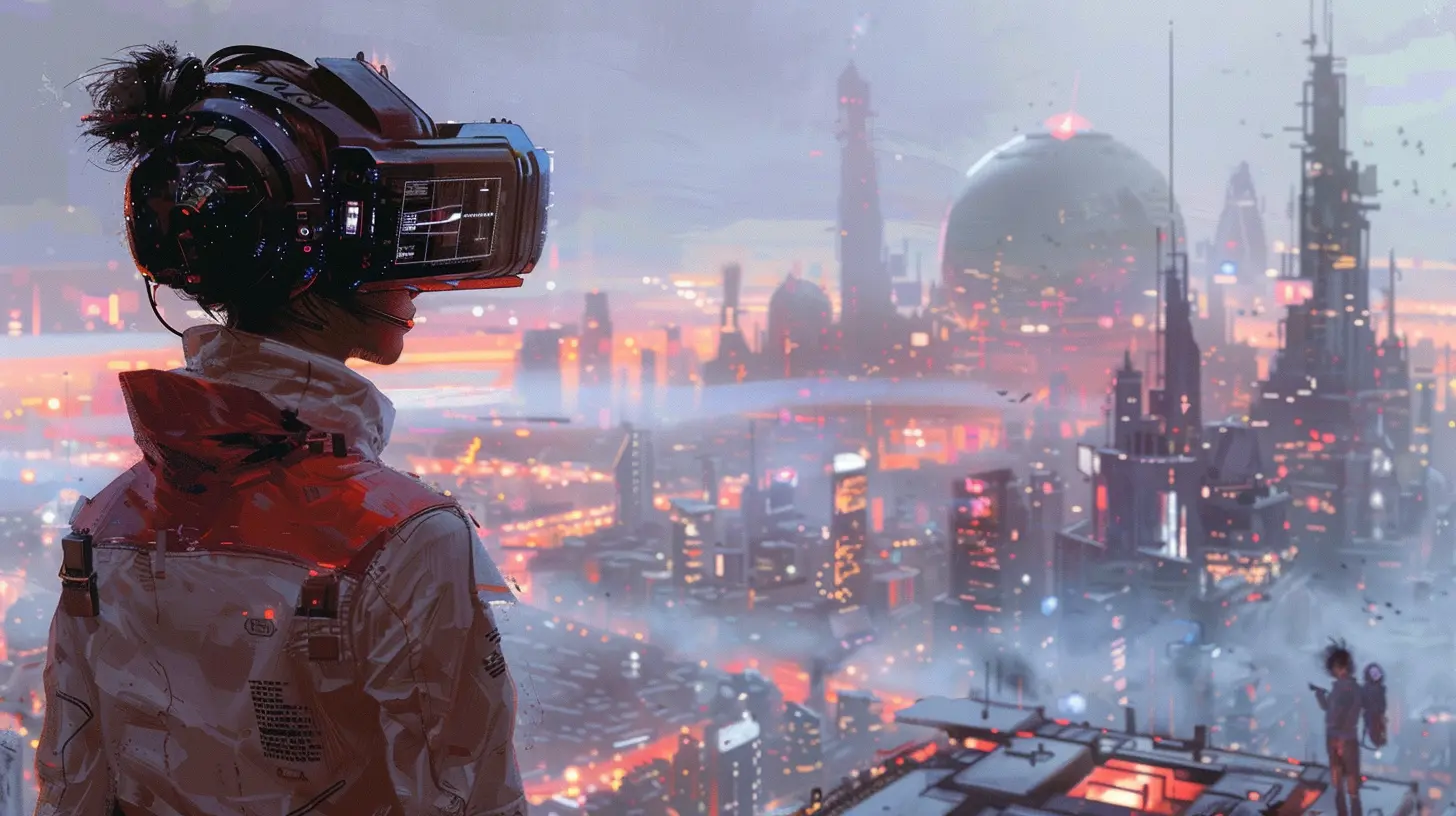
Examples of VR Games That Nail Immersive Storytelling
Not all VR games focus on storytelling, but the ones that do? Chef’s kiss. Here are a few standout titles that have set the bar for immersive storytelling in VR:1. Half-Life: Alyx
Yes, I know I’ve already mentioned it, but it’s worth repeating. Half-Life: Alyx isn’t just a game; it’s a masterclass in VR storytelling. Every moment feels meticulously crafted to pull you in. From its breathtaking visuals to its gripping narrative, it’s a reminder that VR is capable of delivering experiences that rival Hollywood blockbusters.2. The Walking Dead: Saints & Sinners
Ever wondered what it’s like to survive in a zombie apocalypse? This VR game drops you right into the chaos, forcing you to make tough decisions, build alliances, and fight for your life. The branching narrative ensures that your choices have real consequences, making each playthrough unique.3. Shadow Point
This puzzle-adventure game combines narrative and gameplay beautifully. As you solve puzzles, you unravel a heartwarming story of loss and discovery. The sense of wonder you feel as you explore the game’s world is unmatched.4. Moss
Moss is a bit different since you play as both the protagonist (a tiny mouse named Quill) and an omnipresent narrator. The result is a charming yet deeply emotional journey that makes you feel genuinely attached to its characters.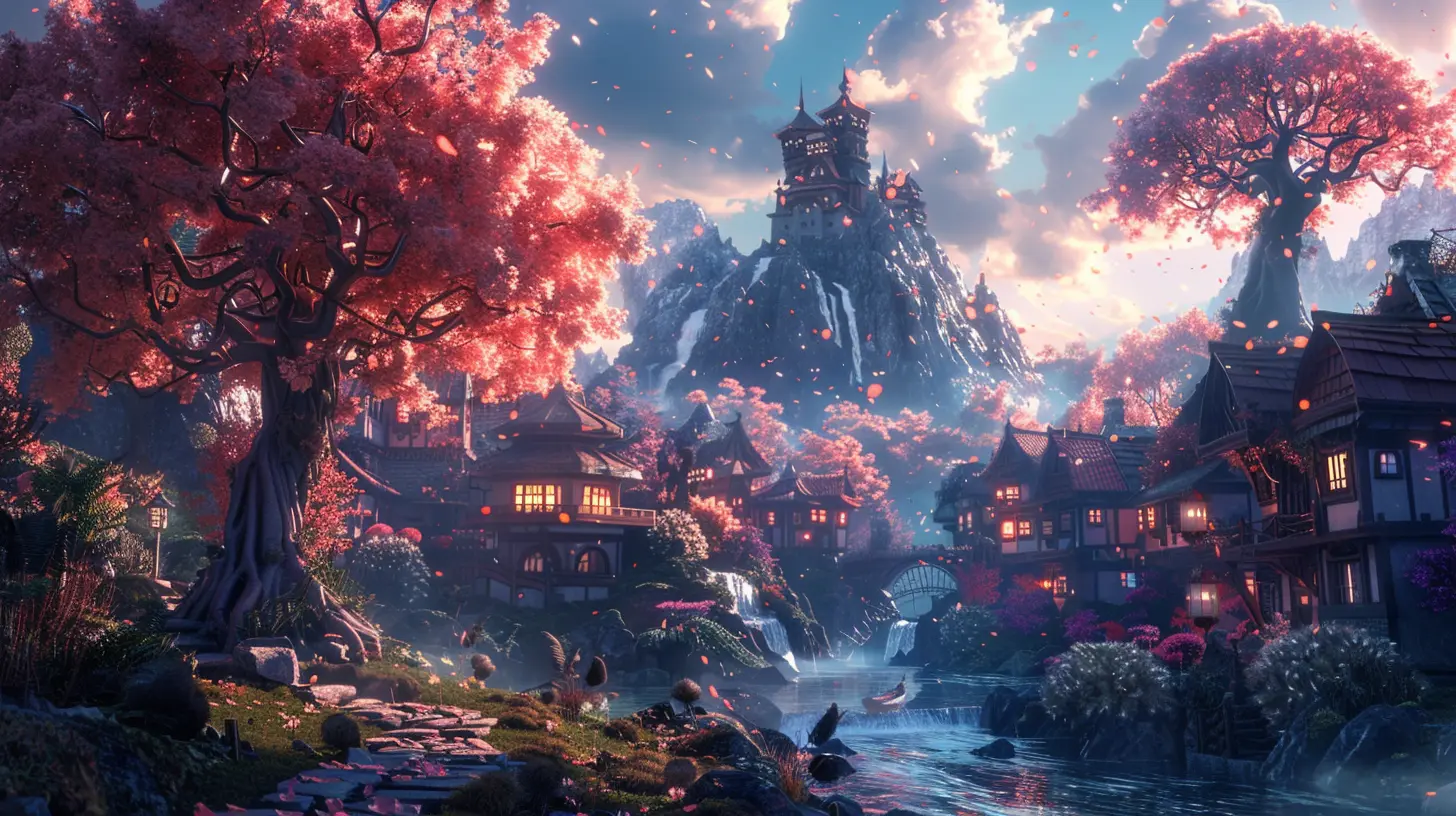
Why VR Storytelling Isn’t Just for Gamers
Okay, so VR storytelling is incredible—but it’s not just for hardcore gamers. In fact, it has the potential to transform entertainment as a whole.Remember how Netflix revolutionized binge-watching? VR could do the same for interactive storytelling. Imagine putting on a headset and stepping into your favorite TV show or movie. You wouldn’t just watch the story unfold—you’d live it.
This idea isn’t all that far-fetched. Studios are already experimenting with VR storytelling experiences that push the boundaries of traditional cinema. For example, Baobab Studios’ Invasion! is a short VR film that places you right in the middle of the action. Instead of passively watching, you’re an active participant in the story.
Challenges Facing VR Storytelling
Of course, no technology is without its challenges. Despite its potential, VR storytelling has a few hurdles to overcome:1. Accessibility and Cost
Let’s be real—VR isn’t cheap. A high-quality headset and compatible hardware can set you back quite a bit. Until VR becomes more affordable, its audience will remain somewhat niche.2. Motion Sickness
Some people struggle with motion sickness in VR, especially in games with fast movement. This can pull players out of the experience—literally.3. Learning Curve for Developers
Crafting a compelling VR narrative isn’t the same as writing a traditional game or movie script. Developers are still figuring out how to best use VR’s unique capabilities to tell stories.The Future of Immersive Storytelling in VR
Despite these challenges, the future of VR storytelling looks bright. As technology improves, we’ll see even more ambitious and creative narratives. Imagine multi-player VR experiences where you and your friends are the heroes of a sprawling epic. Or VR games with AI-driven characters who react to you in ways that feel genuinely human.The lines between gaming, cinema, and live theater will continue to blur, and VR will be at the forefront of this new era of storytelling.
Final Thoughts
Immersive storytelling in VR games isn’t just a novelty—it’s a revolution. By breaking down the barriers between players and the narrative, VR has opened up new possibilities for how stories are told and experienced. Whether you’re solving puzzles in fantastical worlds or fighting for your life in a zombie apocalypse, VR doesn’t just tell a story—it makes you part of it.So the next time someone asks, “Why is VR such a big deal?” just hand them a headset and let them find out for themselves. Trust me, they’ll get it.




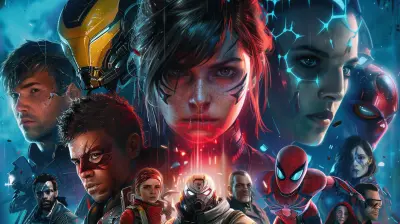



Zanya Maddox
Finally, a chance to dodge awkward conversations in real life while battling dragons and saving the universe! Who knew storytelling could be so socially convenient?
April 14, 2025 at 5:00 PM